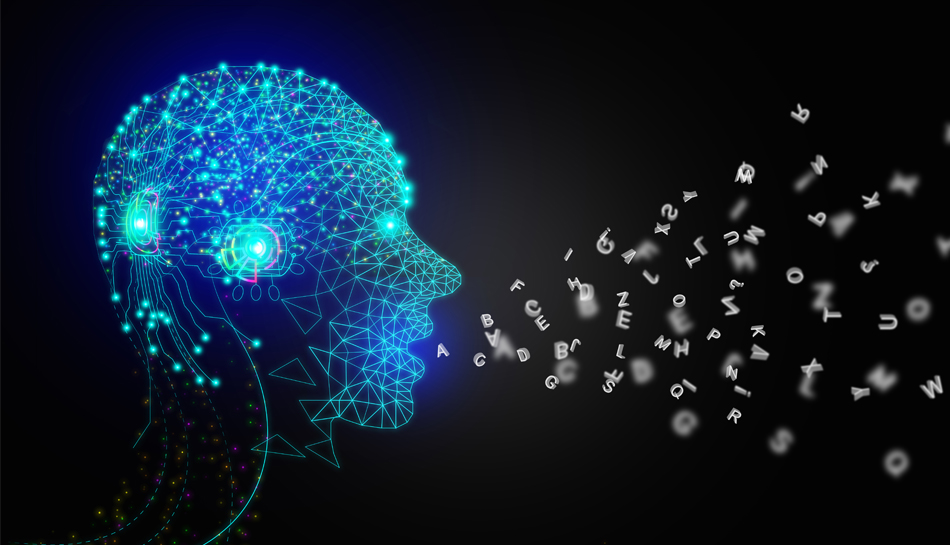
Artificial intelligence (AI) is a hot topic across the internet. From research to marketing to healthcare, it's hard to escape the conversation. But why is this suddenly so popular when AI isn't new to the scene?
AI has become a renewed focus of attention due to its increasing usage across many industries. The ability to leverage machine learning algorithms and natural language processing has also made AI a powerful tool for researchers to generate data-driven insights and discoveries faster than ever before.
Generative AI is revolutionising the research industry by allowing researchers to create new insights and discoveries. By leveraging machine learning algorithms and natural language processing, generative AI can generate data-driven insights and discoveries faster than ever before. This technology is being used to analyse large datasets, uncover hidden patterns, and generate valuable insights that would otherwise remain undiscovered.
It can also helps researchers automate their research processes and increase the accuracy of their results. One application is to quickly identify patterns and trends in large datasets, enabling researchers to make more informed decisions. In addition, generative AI can be used to uncover hidden relationships between variables, making it easier for researchers to draw connections and identify new opportunities for exploration.
Furthermore, Generative AI is also helping researchers to develop and test hypotheses faster. By automating the process of developing hypotheses, researchers can rapidly test a wide range of ideas and quickly uncover new insights. This technology is also being used to quickly identify new areas of research and generate new insights.
The use of generative AI is also helping researchers to save time and money, as they can now generate new insights faster and more accurately. Furthermore, the use of generative AI is allowing researchers to gather data and insights from multiple sources, enabling them to create more comprehensive and accurate reports.
Generative AI is revolutionising the research industry, and its potential to create new insights and discoveries is only just beginning to be realised. With the help of this technology, researchers can now uncover hidden patterns, automate research processes, and increase the accuracy of their results. Generative AI is here to stay, and it’s only a matter of time before it begins to transform the research industry.
Despite the potential benefits of generative AI in the research industry, there are some potential downsides to its use. One such downside is the potential for bias to creep into the generated insights. Generative AI relies on algorithms which are only as good as the data that feeds them. If the data is biased, then the generated insights will also be biased. Additionally, the generated insights may not always be accurate, as the algorithms are not always able to recognise nuances or account for context.
Generative AI is revolutionising the research industry by allowing researchers to generate data-driven insights and discoveries faster than ever before. This technology is being used to analyse large datasets, uncover hidden patterns, and generate valuable insights, while also automating research processes and increasing accuracy. However, potential downsides include bias in the generated insights and inaccuracy due to the algorithms not always being able to recognise nuances or account for context.
We used AI to create this blog, how accurate do you think it is? If you would like to speak to a person instead of a machine about your next research project contact us!
If you want to find out how patients feel about AI visit our blog and don’t worry, we did write this one!





